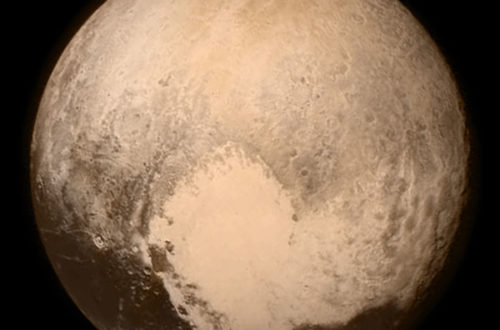Monthly Stargazing Calendar for December 2011
Looking for the December 2025 stargazing calendar?
On December 10 we will witness a total lunar eclipse. The best viewing location will be in the Asia-Pacific region, but the eclipse will still be visible throughout most of Europe, eastern Africa, Asia, Australia, the Pacific Ocean, and North America. Unfortunately the eclipse will not be visible in South America.
 This photo of last year’s total lunar eclipse (June 15 2011) was taken by Gerlando Lo Savio.
This photo of last year’s total lunar eclipse (June 15 2011) was taken by Gerlando Lo Savio.
Would you like to be notified of stargazing events?
 Map of the locations where the eclipse will be visible. Courtesy of NASA.
Map of the locations where the eclipse will be visible. Courtesy of NASA.
On the night of December 13 and 14 the Geminids meteor shower will peak. The Geminids produce on average up to 60 meteors per hour at their peak, which is why they are considered by many to be the best of all meteor showers. Although most of the action occurs during the peak, some meteors should still be visible from December 6 to 19. The meteors will seem to radiate from the constellation of Gemini. Unfortunately, the gibbous moon will interfere this year by hiding the faintest meteors, but with up to 60 meteors per hour possible, this should still be an excellent show.

The December solstice will occur on December 22 at 05:30 UTC. It is the first day of winter (winter solstice) in the northern hemisphere and the first day of summer (summer solstice) in the southern hemisphere.
Moon phases
As you know, the Moon has a big impact on the visibility of celestial bodies in the night sky. So here are the Moon’s phases for this month:

Positions of the planets this month
Mercury: The closest planet to the Sun can be seen at dawn and dusk between the constellations of Scorpius and Ophiuchus, not far from the bright star Antares. This planet, being the closest to the Sun, will appear to move quickly in the night sky and its position will change in the following weeks.
Venus: The sister planet can be seen within the constellation of Sagittarius. Just like Mercury, Venus can only be seen at dawn and dusk.
Mars: The red planet can be seen in the constellation of Leo.
Jupiter: The gas giant is visible between the constellations of Pisces, Cetus and Aries. Jupiter can easily be spotted with the naked eye, even in highly illuminated cities.
Saturn: The ringed giant can be seen with the naked eye in the middle of the Virgo constellation, not far from the bright star Spica.
Uranus: The gas giant can be seen between the constellations of Pisces and Cetus with the use of a telescope.
Neptune: The blue giant requires a telescope pointed in the constellation of Aquarius in order to be seen.
Major astronomical event next month
- January 3, 4 – Quadrantids meteor shower peak.
See also:
- Previous month’s calendar: Stargazing Calendar for November 2011
- Next month’s calendar: Stargazing Calendar for January 2012
Would you like to receive similar articles by email?






3 Comments
Shaylyn
I think that the moon phase calender is really good. It tells you when there is going to be different phases of the moon!!!!
queens
thank you
Ajjudev
The view of moon phases is really good. I think it will be good calendar.
I will download it too.